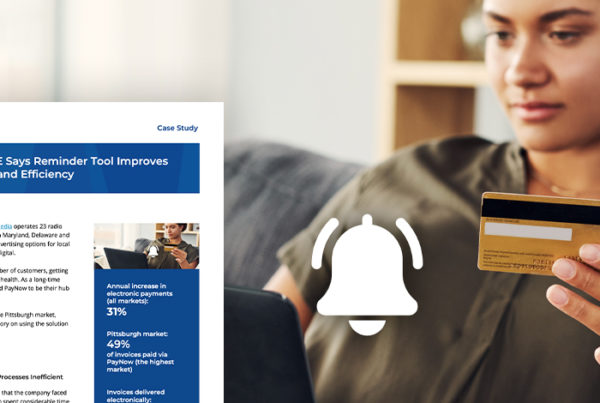Traffic systems are notorious for being the opposite of user-friendly for sales professionals. That’s especially true for platforms that lack modern architecture and user interfaces. When salespeople must access them to view avails, it becomes a drain on time and can create more errors and frustration. Your sales team hates your traffic system but must rely on it. Can this dynamic be changed? Is there a way to move salespeople out of these systems and streamline proposal and order workflows?

Why Your Traffic System Is More of a Headache than Help for Your Sales Team
The crux of the dissatisfaction is that traffic systems are for traffic directors. They align with their workflows and include lots of capabilities that aren’t sales related. Consider this typical current process for salespeople to gather avails data:
So, that’s a lot of back and forth and using multiple platforms. If you look specifically at a salesperson’s interaction with traffic systems, it’s more complex than just opening the application. It’s about the usability and navigational challenges in certain traffic products.
Availability lookup could include accessing multiple screens, filtering through drop-down menus, and many other tasks that eat up time and can cause unintended errors. This daily exercise wears on your sales team and can make them less productive and engaged.
Like any user of technology, they crave simplicity and streamlining. Otherwise, technology becomes an impediment. These disruptions keep your salespeople from selling because they have to execute all these manual processes unrelated to revenue generation. In many cases, this can be 70 hours per week or more for a sales team.
Integrated and Dedicated: A Sales-Focused Platform Eliminates Traffic System Access
The solution to avoiding traffic systems is using a sales growth platform that makes traffic data available within its platform. Traffic data feeds into this new system, so salespeople have real-time information in a snap.
It also enables proposal and order management in one place. You can convert proposals to orders, send them for approval and then execute them in a broadcast traffic system. The whole process takes place through a web-based, intuitive user interface.
 Sales managers also can set floors, ceilings and discount tolerances, which saves time in the manager approval tasks. Further, duplication of orders is quick with templates.
Sales managers also can set floors, ceilings and discount tolerances, which saves time in the manager approval tasks. Further, duplication of orders is quick with templates.
If your current proposal and order process encounters these inefficiencies, it’s a mismatch for your sales users. While this may have been the norm, innovative technology changes your options.
Marketron REV is a sales growth engine that integrates the whole process and is dedicated to the workflows of sales teams. With this technology, salespeople no longer have to cross into traffic territory. The restrictions they live with now are no more.
In turn, your sales team will have greater engagement, more time to sell and fewer errors. Isn’t it time you broke free? Ask how REV reimagines the broadcast sales process.






